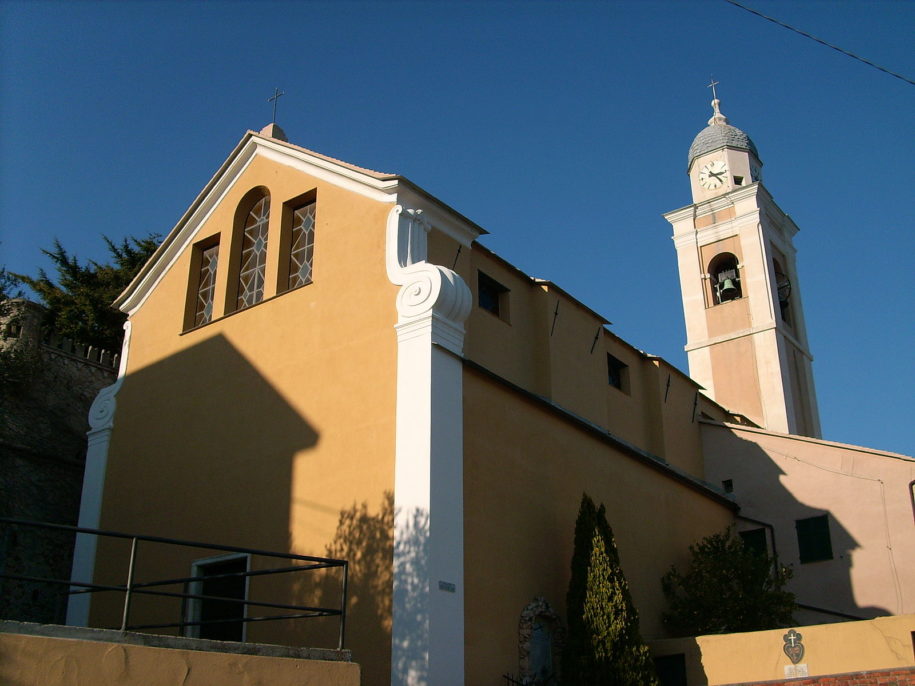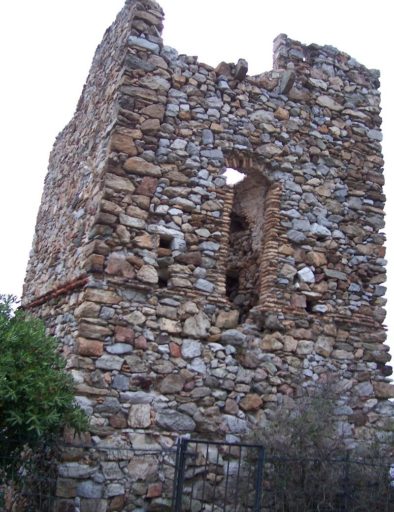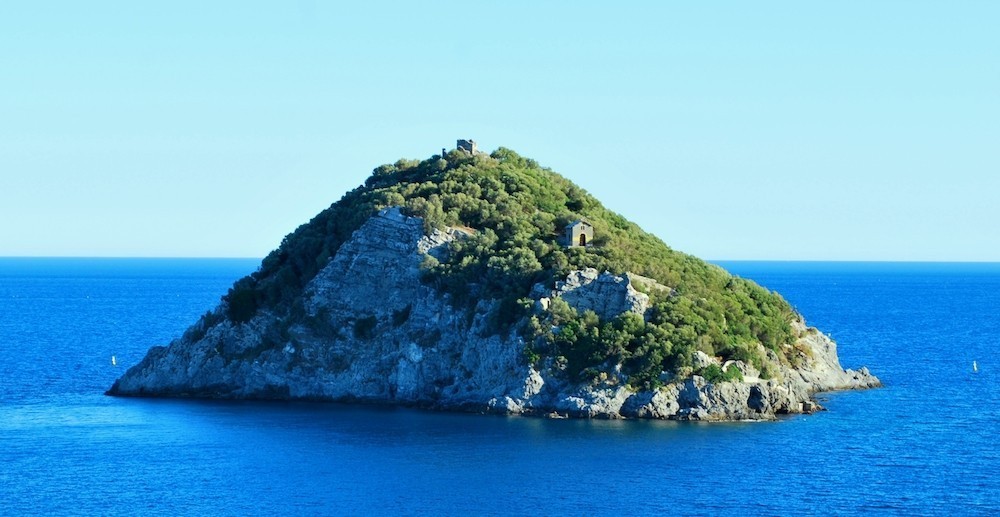THE VILLAGE OF BERGEGGI - HISTORY
BERGEGGI
For those who live in the central and northern regions, Liguria is undoubtedly one of the favorite destinations for people who want to reach the sea even for a weekend. Precisely in this region, in the province of Savona and suspended between mountain and sea, with paths that lead to blue-colored waters, we find the village of Bergeggi, about 1,100 meters above sea level and with a beach that is part of the homonymous Nature Reserve regional of the Ponente Ligure, several times awarded with the Blue Flag. Bergeggi is about 10 km from Savona and 60 from Genoa and the beauty of its landscape is one of the reasons why it has become a very popular place for those who choose to arrive in Liguria and enjoy a break of absolute tranquility. For this reason, we suggest that you spend at least a weekend in the township, on the beach, in the city center and in the surroundings. Among the buildings worthy of being visited in Bergeggi is the parish church of San Martino di Tours dating back to 1706 which houses inside a precious 16th century painting depicting the Madonna del Rosario, a statue of the French Lacroix and a crucifix by Anton Maria Maragliano.

On Mount Sant’Elena you can see what remains of the fort that dominated the town while the coastal tower of Ere dating back to the Middle Ages and used to spot the enemies dominates Torre del Mare, hence the name of the fraction of Bergeggi.
After visiting the village of Bergeggi devote yourself to the beauty of its territory with a walk along the coast that begins on the slopes of Mount St. Helena and that will allow you to reach Torre del Mare, the seaside village of the municipality built between the fifties and seventies with the intent to make this area a tourist beach.
There are many private beaches and also public equipped and not with soft golden sand caressed by the waves of a turquoise sea with blue hues; from the beaches you can rent pedal boats and snorkelling equipment to visit the beautiful Grotta Marina or get useful information to reach the island of Bergeggi.

The island of Bergeggi – or of Sant’Eugenio – is located just off the mainland; it is a suggestive complex of limestone rock up to 53 meters high and an ideal destination for lovers of diving thanks to the clarity of the sea water and the seabed rich in marine fauna and flora. Going down to a depth of 35 meters you can see stalactites and stalagmites that will not fail to amaze the divers.
Covered by a typical Mediterranean vegetation, the island of Bergeggi preserves some important historical-archaeological evidence: on its summit are the remains of military and religious buildings from different eras. A popular legend tells that the island would have arrived in front of the Ligurian coast “ferrying” on itself the saints Vendemiale and Eugenio fleeing from the vandal persecutions.

The latter remained on the islet until his death when his remains were transported to Noli (of which he became the patron) even if, at least according to the same legend, they would have returned alone on the islet of Bergeggi. In 992, the bishop of Savona had a monastery dedicated to the saint built and today it is still possible to see what remains of it.
If you want to enjoy a day at the beach, maybe lingering until the evening, opt for La Caletta di Bergeggi, one of the many beaches with private beach, consisting of sand and pebbles and offers many amenities including a restaurant with sea view terrace it is located behind the beach. Another fascinating place is the Lido delle Sirene, a striking dark pebble beach mixed with pebbles, set between the rocks below the stretch of Aurelia that connects Savona to Spotorno, which can only be reached by descending a long and steep staircase that will lead you straight a transparent sea and a well-groomed and suggestive beach.
Bergeggi enjoys a pleasantly temperate climate; the average temperatures of January, which is the coldest, are usually between 1 and 12 ° C, while in July and August it goes from 16 to 29 ° C. The maximum peak of precipitation is reached in autumn, especially in October, when they fall on average 106 mm of rain.
